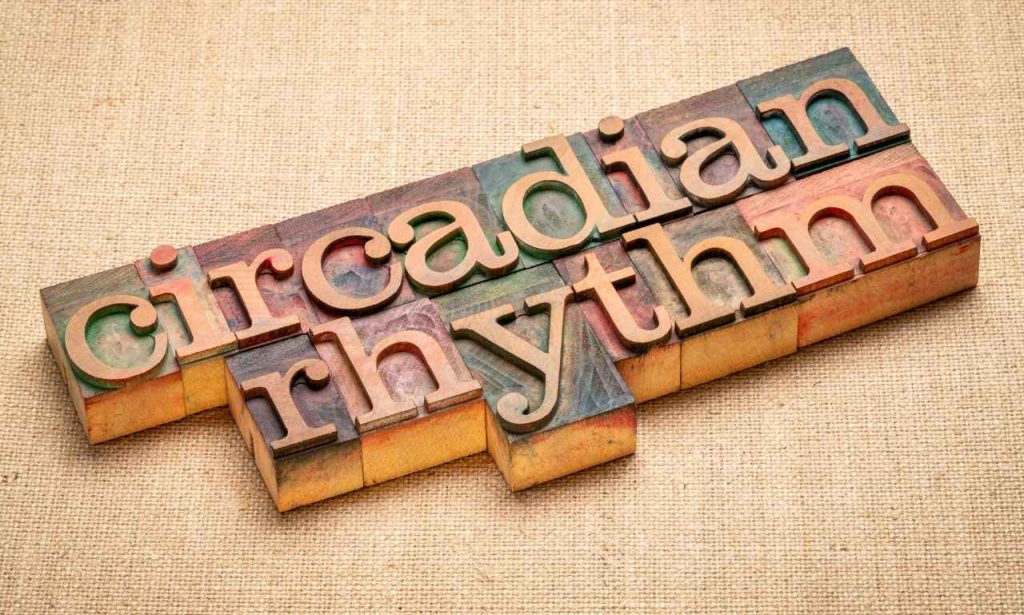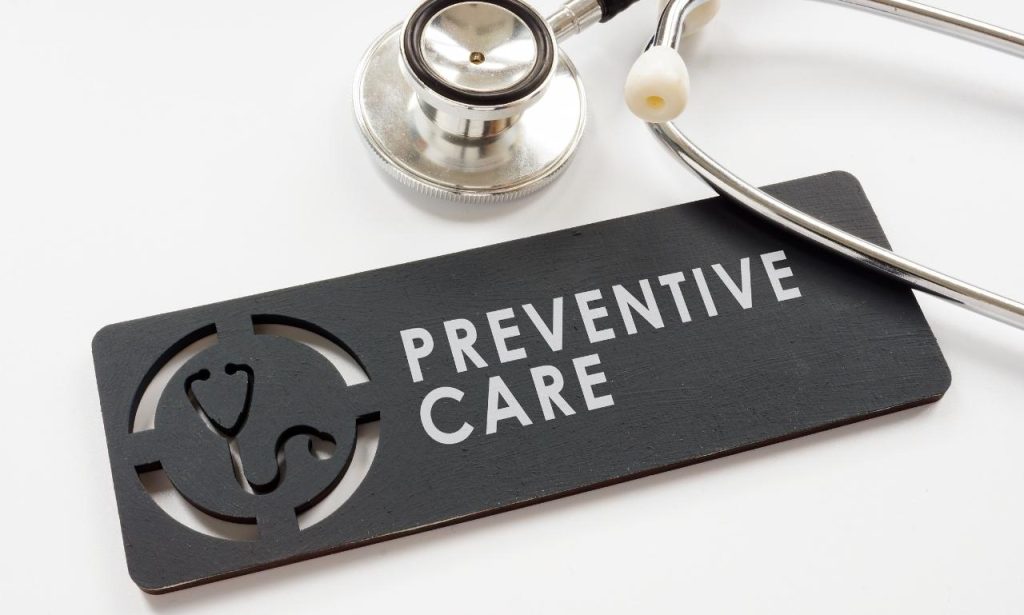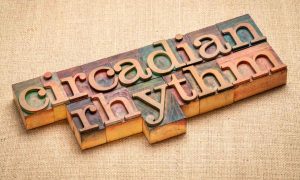Your body has an internal clock that controls almost every aspect of your health. This clock is your circadian rhythm. It regulates when you feel sleepy, hungry, and energetic throughout the day. Understanding this rhythm can completely transform your health and well-being. I’ve spent years exploring how circadian alignment impacts performance in both business and personal life. The science behind our internal clocks reveals powerful strategies anyone can use. Circadian optimization isn’t just about better sleep—it’s about upgrading your entire biological system.
What is circadian rhythm?

The circadian rhythm is your body’s natural 24-hour internal clock. It controls countless biological processes, including sleep, hormone production, and metabolism. This system evolved over millions of years to sync our bodies with Earth’s day-night cycle. The term “circadian” comes from Latin words meaning “about a day.” Your brain contains a master clock called the suprachiasmatic nucleus. This tiny group of cells sits in your hypothalamus and orchestrates your biological timing system. It receives light information directly from your eyes through a special pathway. Light is the most powerful signal that sets your circadian rhythm.
I remember when I first learned about circadian science during a health crisis. My sleep had completely collapsed after months of international travel for business. No sleep aid worked until I discovered circadian principles that fixed the root cause. Your circadian clock influences nearly every cell in your body through timing signals. These signals tell your organs and tissues when to perform specific functions. Modern life constantly disrupts these ancient rhythms with artificial light and irregular schedules. When your circadian rhythm falls out of sync, your health suffers in countless ways.
Circadian Fasting
Circadian fasting combines time-restricted eating with natural light-dark cycles. It means eating during daylight hours and fasting after sunset. This approach aligns your eating window with your body’s natural metabolic peak. Your digestion works most efficiently during daylight hours, when metabolism is highest. Circadian fasting typically involves a 12-16-hour overnight fast. The eating window begins shortly after sunrise and ends before or at sunset. This pattern matches how humans ate for most of evolutionary history.
Eating late at night forces digestion when your metabolism naturally slows down. Your insulin sensitivity drops significantly after dark, making nighttime calories more likely to be stored as fat. Circadian fasting isn’t about calorie reduction but rather about proper meal timing. The benefits come from working with your body’s natural metabolic rhythms. Studies show that simply shifting when you eat can improve numerous health markers.
Is Circadian Eating an Eating Disorder?
Circadian eating is not recognized as an eating disorder by medical professionals. It’s based on aligning food intake with natural biological rhythms. Eating disorders involve psychological disturbances and unhealthy relationships with food. Circadian eating focuses on meal timing rather than restriction or control behaviors. It doesn’t impose strict calorie limits or label foods as “good” or “bad.” The approach emphasizes working with your body’s natural metabolic patterns.
Healthy circadian eating remains flexible and adaptable to life circumstances. It doesn’t cause anxiety or interfere with social functioning like eating disorders. Problems only arise when rigid rules create stress or social isolation. The key difference is the underlying motivation and psychological relationship with food. Consulting healthcare providers before starting any eating pattern is always recommended. This ensures the approach is appropriate for your specific health needs.
The Controversy Behind Circadian Alignment
The scientific community debates several aspects of circadian alignment principles. Critics argue that research on time-restricted eating shows mixed results in humans. Many studies involve small sample sizes or rely heavily on animal research. The individual variation in circadian types (night owls vs. early birds) complicates universal recommendations. Some health professionals worry about one-size-fits-all timing advice for diverse populations.
Practical implementation challenges also fuel the controversy around circadian principles. Work schedules, family obligations, and social norms often conflict with ideal circadian timing. Shift workers face particular difficulty aligning their eating and sleeping with natural rhythms. Critics also point to the evolutionary adaptability of human metabolism across different environments. Our bodies developed the flexibility to handle various eating patterns through human history.
Seasonal Differences
Circadian rhythms naturally change with the seasons as daylight hours fluctuate. Winter brings shorter days and longer nights, affecting our internal timing systems. Your body produces melatonin for longer periods during winter months. This can influence your energy levels, mood, and sleep patterns throughout different seasons. Animals follow dramatic seasonal circadian changes; humans retain some of these responses.
Our ancestors lived with seasonal eating patterns that modern life has primarily eliminated. Traditional cultures naturally practiced longer overnight fasts during winter months with shorter daylight. Some circadian experts recommend adjusting your eating window with seasonal light changes. Modern artificial lighting has disconnected us from these natural seasonal rhythms. Reintroducing some seasonal variation might better align with our evolutionary programming.
The Health Benefits Of Circadian Fasting

Circadian fasting offers compelling benefits supported by growing scientific evidence. Research shows significant improvements in metabolic health and disease prevention. The approach aligns biological processes with your body’s natural timing systems. Benefits accumulate over time as your cellular rhythms synchronize more effectively. Many improvements occur without changing what you eat—only when you eat.
Weight Loss and Digestion
Circadian fasting supports weight management by enhancing your body’s natural fat-burning mechanisms. Your metabolism functions optimally during daylight hours when enzymes and hormones peak. Eating within this window maximizes calorie burning and nutrient processing efficiency. The overnight fasting period allows your digestive system to recover. This rest period helps repair gut tissues and rebalance digestive enzymes.
Insulin sensitivity follows a strong circadian pattern throughout the day. Morning and afternoon represent peak insulin function for most people. Evening meals face declining insulin sensitivity, making blood sugar regulation more difficult. Circadian eating prevents the metabolic confusion caused by late-night food consumption. Your digestive tract contains its own circadian clocks that anticipate regular meal timing. These gut clocks regulate enzyme production, nutrient absorption, and microbiome activity.
Other Circadian Alignment Health Benefits
Aligning with your circadian rhythm improves much more than just weight and digestion. Proper circadian alignment benefits heart health significantly. Blood pressure naturally drops at night during healthy sleep patterns. Circadian disruption increases inflammation throughout the cardiovascular system. Studies show shift workers face higher risks of heart disease and stroke. Proper timing reduces these risks by normalizing blood pressure and stress hormones.
Brain health depends heavily on well-regulated circadian rhythms. Sleep quality improves when eating patterns support natural melatonin production. Better sleep directly enhances memory formation, learning, and emotional regulation. Research connects circadian disruption with an increased risk of cognitive decline. Proper alignment helps your brain clear toxins during optimal sleep cycles. Mood stability also improves with adequately aligned circadian rhythms.
Dial In Light Exposure
Light exposure is the most powerful tool for regulating your circadian system. Morning sunlight sets your internal clock and signals your body to start the day. Aim for 10-30 minutes of direct morning sunlight without sunglasses when possible. This morning light exposure suppresses melatonin and boosts alertness hormones. The blue wavelengths in morning sunlight are particularly effective for circadian setting.
Evening light exposure requires careful management to support healthy sleep. Reduce bright and blue light sources 2-3 hours before bedtime. Blue light from screens is especially disruptive to melatonin production. Use apps, glasses, or device settings that filter blue light in the evening. Create a lighting transition with dimmer, warmer lights as bedtime approaches. This signals your brain that it’s time to prepare for sleep.
Camp to Reset Hormones
A fascinating way to reset disrupted circadian rhythms involves camping without artificial light. Research shows that just one weekend camping can shift hormone timing and help reset your sleep cycles. Living by natural light cycles rapidly resets circadian hormones like melatonin and cortisol. The combination of sunrise, sunset, and darkness provides powerful timing signals. Camping removes artificial light that confuses your circadian system after sundown.
This reset works because you experience true darkness, which rarely exists in modern life. Temperature fluctuations during camping also help recalibrate your internal clock. During healthy circadian function, your body temperature naturally drops at night, and outdoor temperature changes reinforce this internal cooling effect. The increased physical activity during camping days further strengthens circadian cues.
How does the circadian rhythm work?
Your circadian system operates through complex interactions between genes, proteins, and environmental cues. Special cells in your retina detect light and send signals directly to your brain’s master clock. This master clock coordinates timing throughout your body via hormones and nervous system signals. Each of your organs contains its peripheral clocks that follow the master clock’s lead.
These clocks function through “clock genes, ” creating proteins in a feedback loop. The proteins gradually accumulate and then shut down the genes that produced them. This molecular oscillation takes approximately 24 hours to complete one cycle. External cues called “zeitgebers” help adjust this timing to match the external world. Light is the strongest zeitgeber, but meal timing and physical activity also influence your clocks.
Circadian rhythm in babies, toddlers, and children
Circadian rhythm development begins before birth but matures gradually after delivery. Newborns haven’t fully developed their circadian systems in the first months of life. Their sleep follows shorter ultradian rhythms of 3-4 hours based primarily on hunger. Parents can help establish healthy rhythms through consistent daily light exposure. Morning sunlight and regular feeding times help develop these early circadian patterns.
Toddlers develop stronger circadian rhythms but still require more sleep than adults. Their internal clocks particularly benefit from regular schedules and bedtime routines. Children’s circadian systems are more sensitive to light disruption than adult systems. This makes evening screen time especially problematic for children’s sleep quality. School-age children perform better academically when their schedules match their natural rhythms. Regular sleep-wake patterns support healthy brain development and emotional regulation.
Circadian rhythm in teenagers
Teenagers experience a natural shift in circadian timing during puberty. Their internal clocks are naturally delayed by about two hours compared to children. This biological change explains why teens naturally stay up late and struggle with early mornings. School start times often conflict with this natural adolescent circadian pattern. This mismatch creates chronic sleep deprivation, affecting learning, mood, and health.
Teenagers need support in managing their unique circadian challenges. Morning light exposure helps teens adjust to their school schedules. Limiting evening screen time becomes especially important during these years. Weekend sleep patterns shouldn’t differ too dramatically from weekday schedules. This prevents “social jet lag” that disrupts healthy circadian function. Schools that have shifted to start times report improved attendance and academic performance later.
Circadian rhythm in adults

Adult circadian patterns typically stabilize in the mid-twenties after teenage phase delays resolve. Individual differences create “chronotypes” ranging from early birds to night owls. Most adults experience their lowest energy between 2 and 4 PM and again around 3 and 5 AM. Work schedules that align with individual chronotypes improve productivity and well-being. Remote work offers new opportunities to match work hours with personal circadian patterns.
Many adults experience shifting circadian patterns as they age. Older adults often become naturally earlier risers due to circadian changes. Managing travel across time zones becomes increasingly important for adult health. Proper preparation and adjustment strategies can minimize jet lag disruption. Adults who work night shifts face particular challenges in maintaining healthy circadian rhythms. Specialized protocols can help shift workers reduce the health impacts of schedule disruption.
Conclusion
Your circadian rhythm fundamentally shapes your health in ways science is beginning to understand. Aligning your lifestyle with these natural cycles offers profound benefits with minimal cost. Small changes to meal timing, light exposure, and sleep habits yield outsized health returns. The key lies in consistency—helping your body predict and prepare for daily activities. Working with your biology rather than against it transforms your energy and well-being.
Start with one aspect of circadian alignment that feels most manageable. Perhaps begin with consistent wake times or morning sunlight exposure. Notice how your body responds as you gradually bring your life into better alignment. The circadian perspective offers a powerful framework for understanding your health. This ancient timing system deserves far more attention in our modern approach to wellness.
Also Read: How Health Systems Are Faring in a High-Cost Environment
FAQs
Eating during daylight hours, particularly earlier in the day, best supports your circadian rhythms.
Yes, studies show that circadian disruption increases hunger hormones and decreases metabolism, contributing to weight gain.
Minor adjustments take 2-3 days, while major shifts like jet lag require about one day per time zone crossed.
Yes, caffeine blocks adenosine receptors and can delay your circadian rhythm by up to 40 minutes.
Yes, dramatically different weekend sleep schedules create “social jet lag, ” disrupting circadian rhythms.
Yes, your chronotype (morning or evening preference) is partly determined by genetic variations in clock genes.




